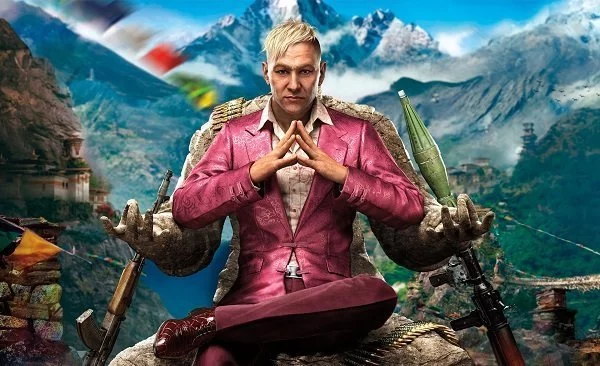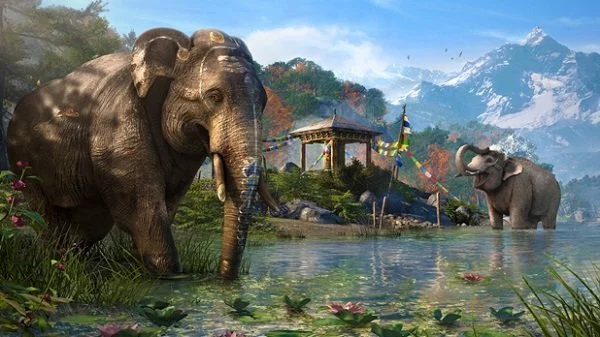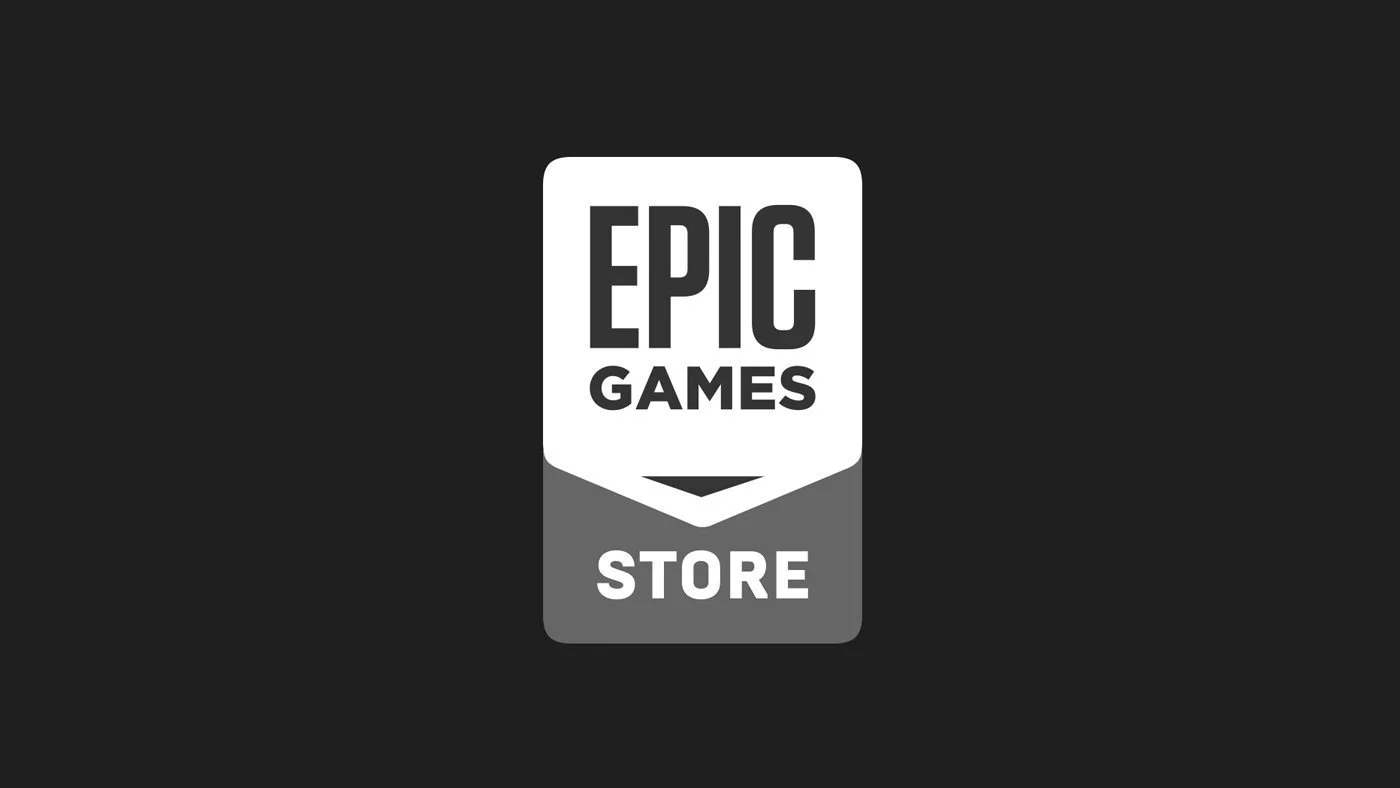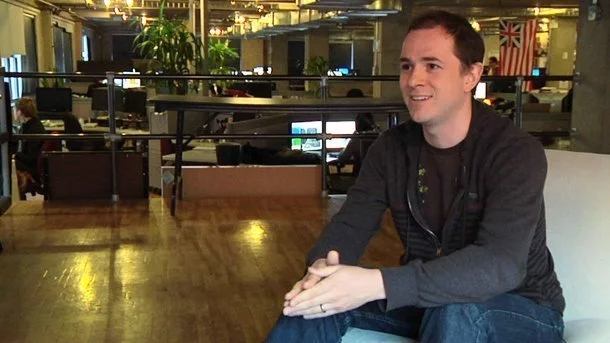While at PAX Australia, Stevivor had the opportunity to sit down with Alex Hutchinson, Creative Director at Ubisoft Montreal for Far Cry 4. Below we discuss the story behind the game, the possibility of a Blood Dragon-type spin-off and what’s behind the rising costs of game development.
—
Stevivor: To begin, could you tell us more about the story behind Far Cry 4?
Hutchinson: The core story we are trying to tell is the one of your behavior and what you choose to do. Our story is a frame – why are you here, who are you and what are you trying to do? From that point you as a player can choose to engage with that immediately or take your time. The frame is that you basically are born in Kyrat but raised in America. It’s one of those stories where you don’t know your family history, so when your mother passes away her last wish is to be buried in Lakshmana, so you come back to Kyrat. It’s here that people say that this is stupid, but I like it because the news is full of people who return to warzones in Syria or crazy places with a noble goal to do something, then they get caught by whoever is involved in the civil war immediately. So for that reason I don’t’ think it’s that far-fetched that an American guy turns up with his mother’s ashes in the middle of a civil war and says, “I’m just going to do it”.
I think it’s a nice level of crazy but still believable. From that point you get caught up in the civil war and through your actions you can choose which side you take in the rebel faction. This has implications to gameplay, and then you slowly force Pagan Min outside of Kyrat over the course of the game.
Stevivor: What about the story behind the development of Far Cry 4 itself?
Hutchinson: The guys in the studio and the company were super-happy with how Far Cry 3 went. It really felt like the brand got to the next level in terms of sales and the recipe/structure of the game, how it works and that people seemed to enjoy it. So we knew it was going to happen, and that’s a good point because sometimes you ask yourself if a game’s going to do enough (in sales) to do it again, etc. So then it was a process of asking what are we keeping, what are we changing and obviously all the new stuff we are adding on-top.
Stevivor: There was a bit of controversy regarding the cover art of the game with the main characters. Was that backlash something the team anticipated or do you keep such potential reactions in mind when creating the characters?
Hutchinson: We always want characters who are going to get a reaction – that’s our goal with a character. That said, it wasn’t the reaction we wanted. We kind of suspected it would happen since it’s an image out of context, but then again that’s what it is. It’s hard to do a cover that’s in context because that would involve announcing all this other stuff, so the only thing that was surprising to us was that people were jumping to conclusions. This was the reason I tweeted “he’s not white” when everyone was suggesting that he was. You can hate it for other reasons, but that particular issue was not factually correct. Everyone was saying “you’re lying” but all I was thinking was that it was going to be a very short-lived lie because when the game comes out or if any further footage is released people would see. I think it’s all gone away now, but it I don’t think it was a deliberate controversy for sure.

Stevivor: Verticality is a new feature of Far Cry 4. What changes has this brought along into the game that we’ve not been able to see before in previous installments to the series?
Hutchinson: I think we knew that even though there wasn’t as much in Far Cry 3, that one of the cool things was being able to get perspective from an outpost or being able to see all the guys moving around and make a plan. So we wanted to blow that out and have big, big distances, landscapes and opportunity to visual your plan before you did it. It also created obstacles, like hopping up on things you often see in shooters – we wanted to do the grapple and the gyrocopter and we wanted the wingsuit to be more useful, so these were things that just started to work together for us.
Stevivor: Insanity was the major theme in Far Cry 3. Is there something similar that we will see in this game?
Hutchinson: I actually asked Mark Thompson our Narrative Director this. It’s funny how they all come together when you work on the game from different angles and different goals (for example, how should it look). For me I really wanted a Bollywood flavor in it, but in terms of the ‘meme-ing’ of it, I think the plan was to hit people with the idea that choices have consequences. So there are lots of times in the games where you will have to make a choice, and we tried very hard to show what would happen as a result of that. Narratively you are now choosing sides and there are consequences of that, where even your decision to come into the country is going to have epic consequences. So all that, the fact that choices have consequences.
Stevivor: Blood Dragon was a great little title that came about as a result of messing around with Far Cry 3’s code. Can we expect to see something similar or perhaps even a sequel with this new base game?
Hutchinson: You won’t see a sequel, but you might see a weird spin-off for sure. The cool thing about Blood Dragon was that it was surprising, so if we do a sequel it will get into that thought of “eugh, it was cool but it’s the same stuff again”. We are trying to do something equally surprising but everyone is on vacation so the office is pretty empty. When we get back it’ll be looking at what’s next, what can we do with it and what can surprise people.
Stevivor: What’s the thought process behind creating DLC for a game? For example, what kind of content to develop and include?
Hutchinson: I don’t think anyone has the best answer for that because everyone is doing really different stuff. Obviously the cost of development has come up crazily over the past 15 years but the actual cost of games hasn’t moved. The rationale is that we need to give people more content and when they like it they stay in the game’s universe but also start to make back some of the investment. But it’s also to find ways to satisfy people with cool and surprising elements to your most hardcore fans, since those are the ones that buy DLC. So I think everyone is still trying all different kinds of things to figure that out.
Stevivor: You mentioned the cost of development going up. Some people would expect that as time goes on studios would get better are developing their games and driving costs down. What are the factors that are making this go the other way?
Hutchinson: I think it’s the expectations of the audience. What we used to pay $60 USD for 15 years ago is what we expect from an indie game now. It’s just sheer volume and detail of content. For example, building a chair before was a relatively quick task but now there are six layers of shades, reflection maps and now takes four different people to make a one. Before it was enough to roughly make it look like a chair. People now expect that level of fidelity these days.

Stevivor: Was there anything about Far Cry 3 that just didn’t seem towork in retrospect, or was there anything that was altered quite a bit with this game?
Hutchinson: Probably the only thing that survives from Far Cry 3 other that it’s still a shooter in an exotic landscape in an open world, is that structure loop of clearing outposts and towers to gain more activities. The activities are new, the world is new, the story and characters are new and all the side-content is new, so there’s a huge amount of new stuff. I don’t think there was anything radically broken with Far Cry 3. The development team has a list of things they want to change but it was a lot of smaller stuff and things they wish to include, but nothing that we thought was “oh god, really?” I think it was a great game.
There was a disconnect when the game was about saving your buddies and the game’s encouraging you to hunt badgers for three hours, where you’d never do that in the real-world. We wanted a character who was more connected to the place this time rather than an outsider, and a villain who wasn’t just threatening to kill you this time where you have a different relationship with him, so there’s all those parts we were trying to improve and hopefully we’ve succeeded. We wanted the world to be denser and reward you for helping out the locals so the karma system grew out of that. There’s lots and lots of new stuff.
Stevivor: Keeping on that, was there anything from Far Cry 3 that really worked and was any reaction from Far Cry 3 that was surprising development-wise?
Hutchinson: There was that loop of the outposts and towers, so we expanded that and made them more complex, changed the rules and the enemy types to make it a little more different, the fortresses especially. We liked the crafting loop a lot because it encouraged people to hunt and explore the world to upgrade your gear. You could also do it at your leisure so that fit in with the rest of the game, so we kept that but once again expanded it.
In terms of things that surprised us, every time you create tools and opportunities for players to do what they want, the players surprise us with what they can do. I think it was something we knew but became more of a mantra with this project. That is why co-op is there because now with your buddy you can get crazy interactions such as taking someone up on the gyrocopter and they’ll wingsuit off, or someone gets on an elephant while the other snipes from another location. So we were just surprised with just how much people were able to do with the limited tools, and that inspired us to create even more tools.
Stevivor: Co-op is a big feature of Far Cry 4. For yourself, do you enjoy single-player or gaming with friends?
Hutchinson: For the main missions I enjoy playing on my own, but for screwing around and doing crazy stuff I like co-op. I like coming up with plans to take down a fortress or doing something crazy with a buddy.
Stevivor: Is there any feature of the game that you don’t think is getting enough attention that you’d like to shed some light onto it now?
Hutchinson: I think we’ve done a pretty good job of talking about all the big stuff. I think the in-game editor is a lot more powerful than people think. You can make maps in the main game and based around Shangri La. You can do things like turn down gravity and make a crazy moon map. There’s a lot of stuff in there that I think will surprise people. There’s also stuff like being able to earn enough karma points to call in people to help you, which I think players fill find really funny.
Stevivor: Just finally, what is your favourite way to get around the map?
Hutchinson: Definitely the gyrocopter. It completely changes your perspective on the game.
—
A special thanks to Alex and Ubisoft Australia for their time. Far Cry 4 is available from 18 November 2014 for Xbox 360, Xbox One, PS3, PS4 and Windows PC.
This article may contain affiliate links, meaning we could earn a small commission if you click-through and make a purchase. Stevivor is an independent outlet and our journalism is in no way influenced by any advertiser or commercial initiative.
























